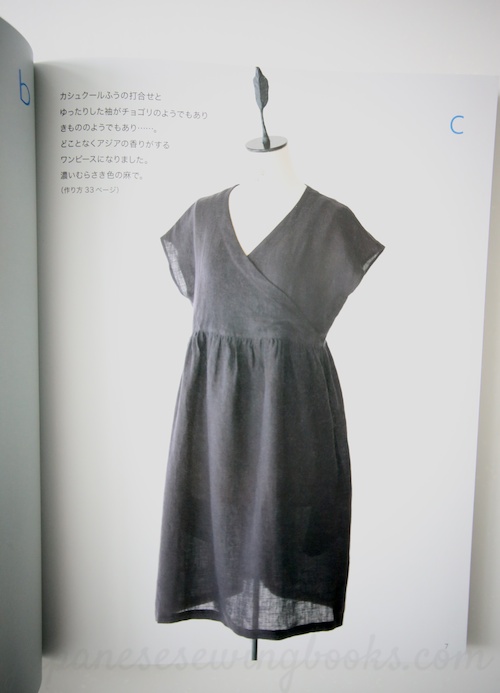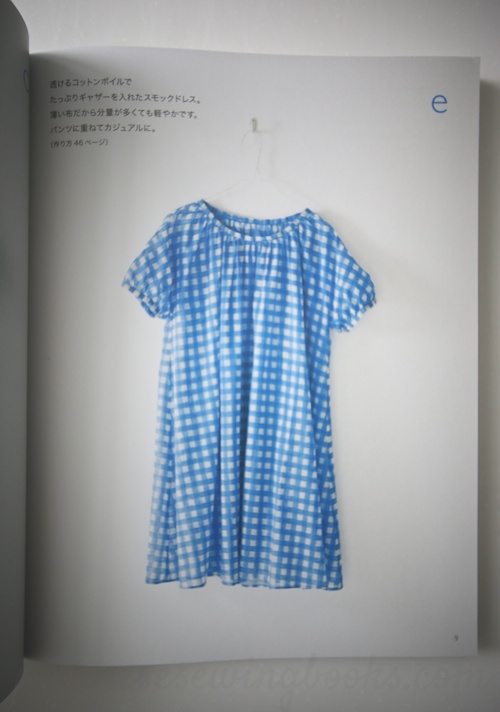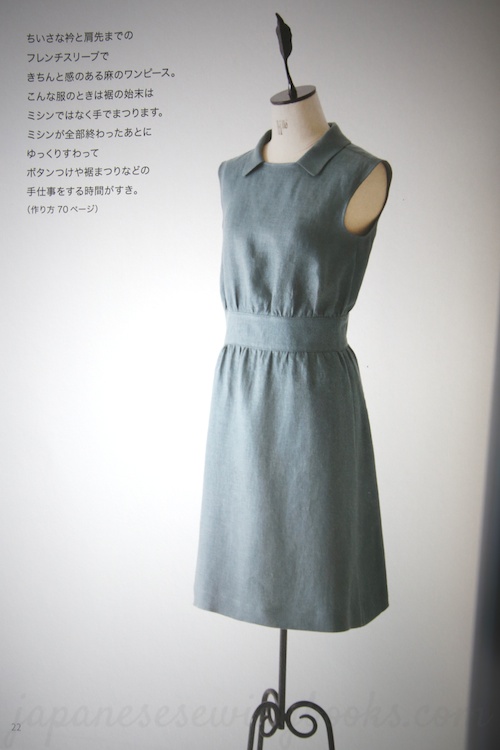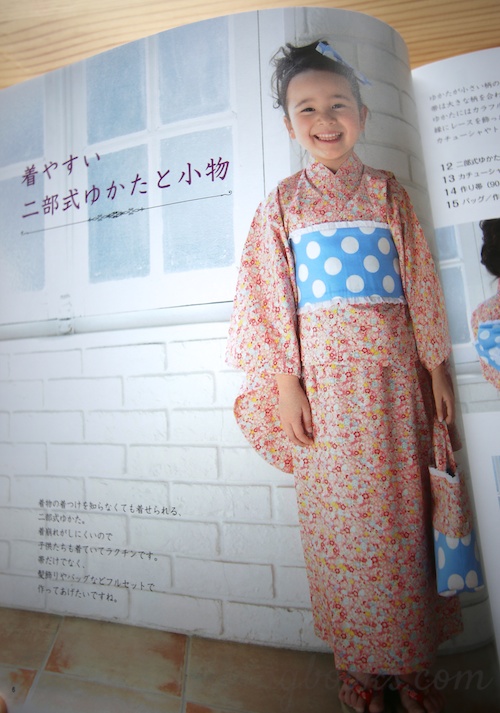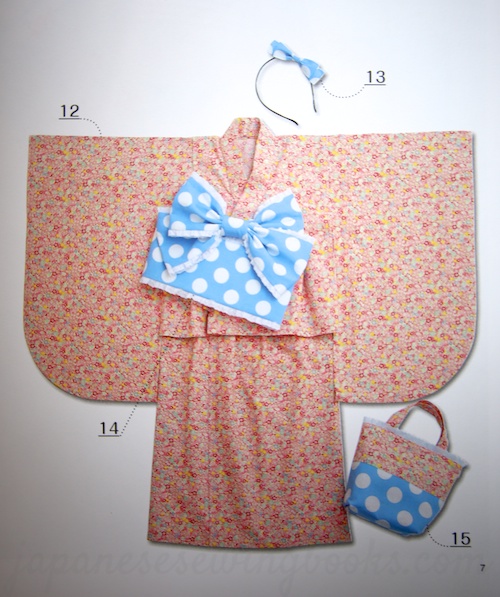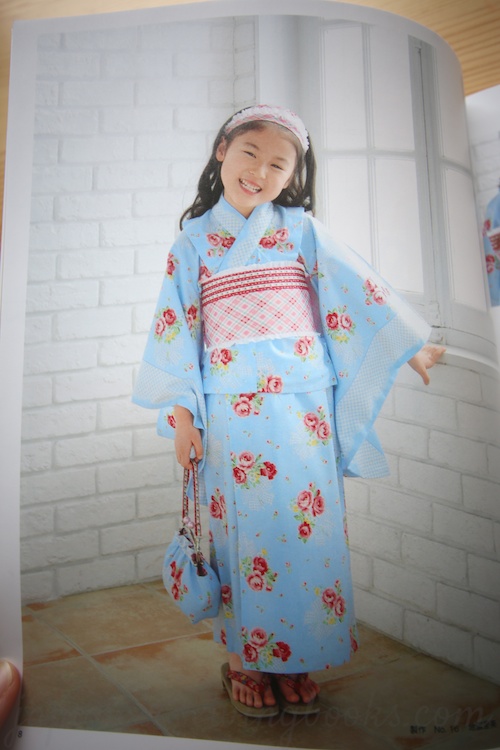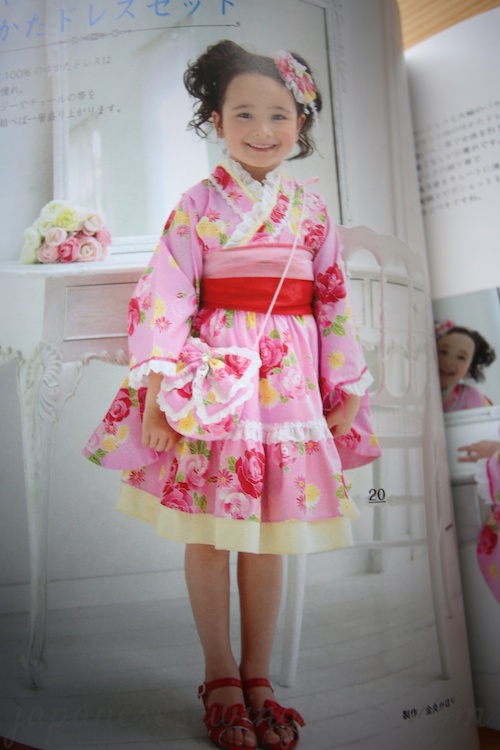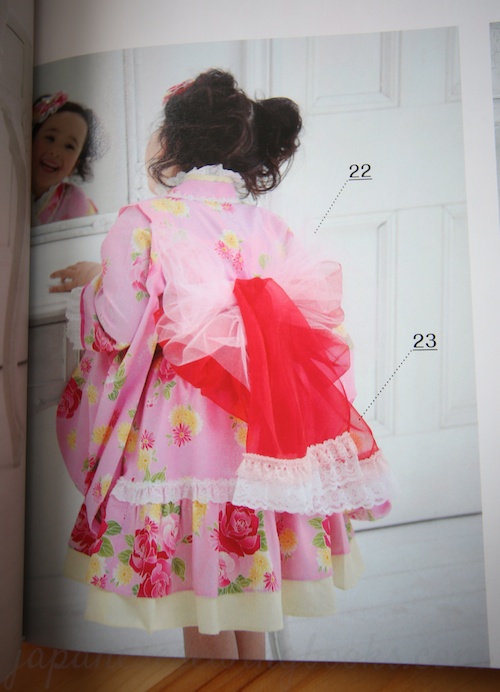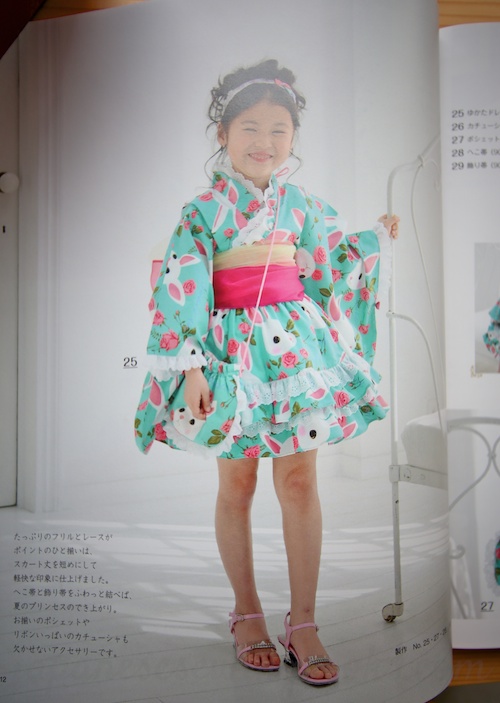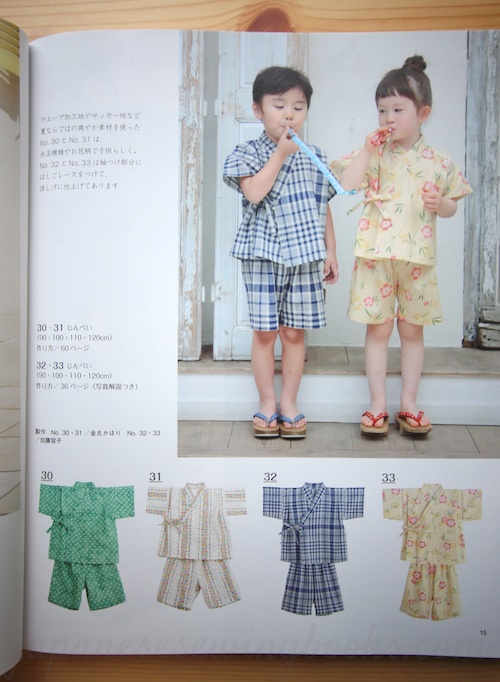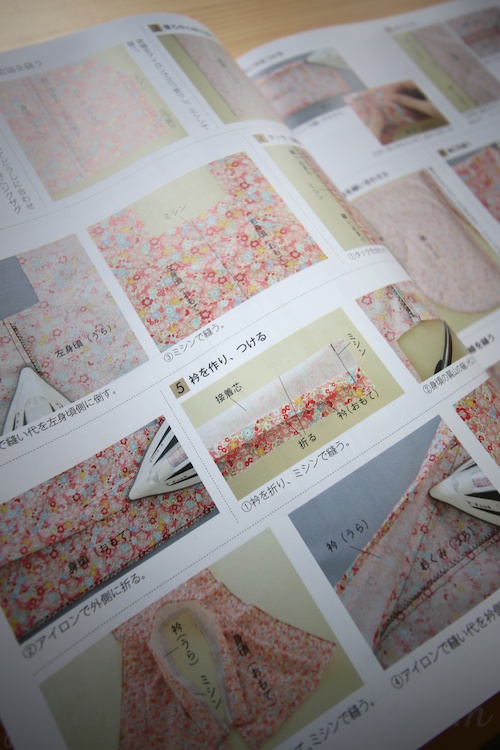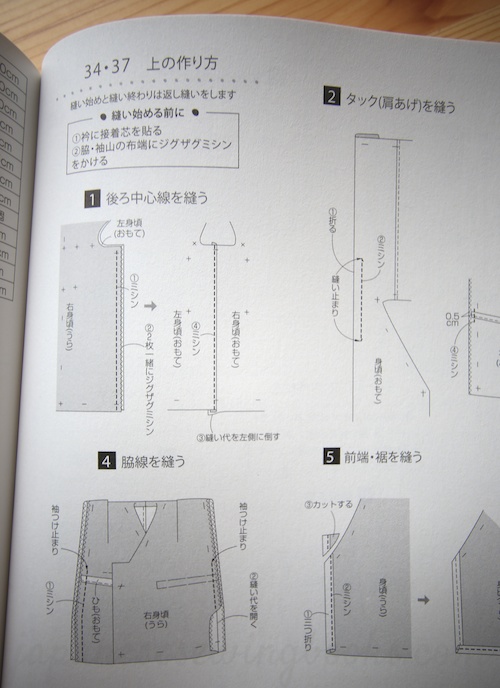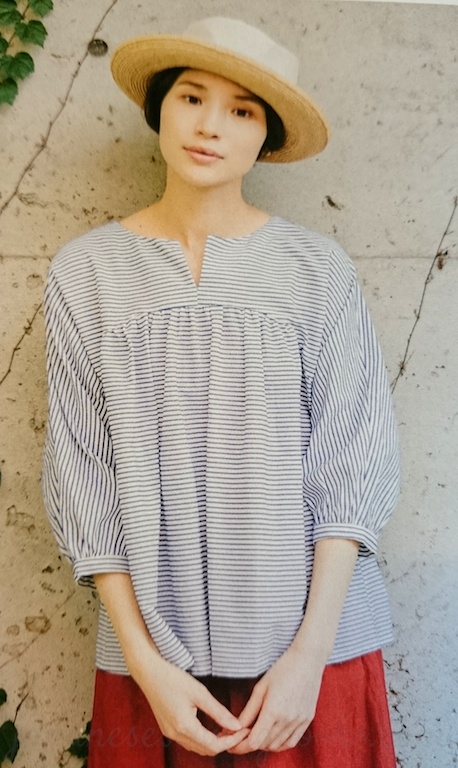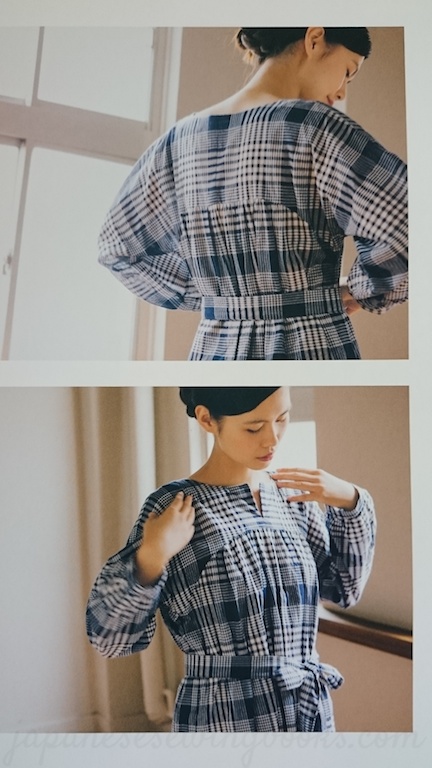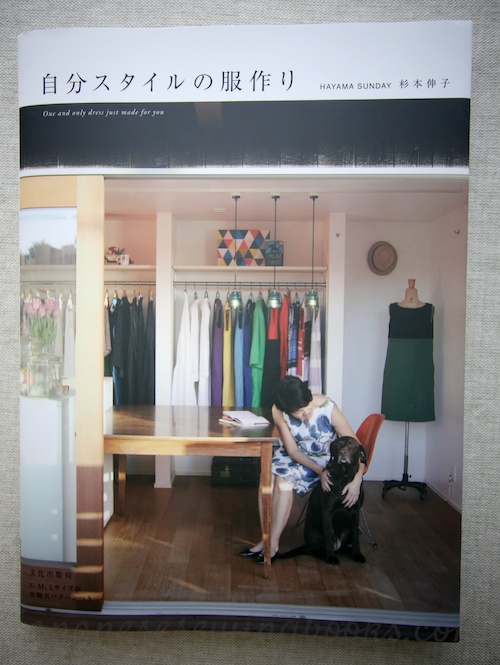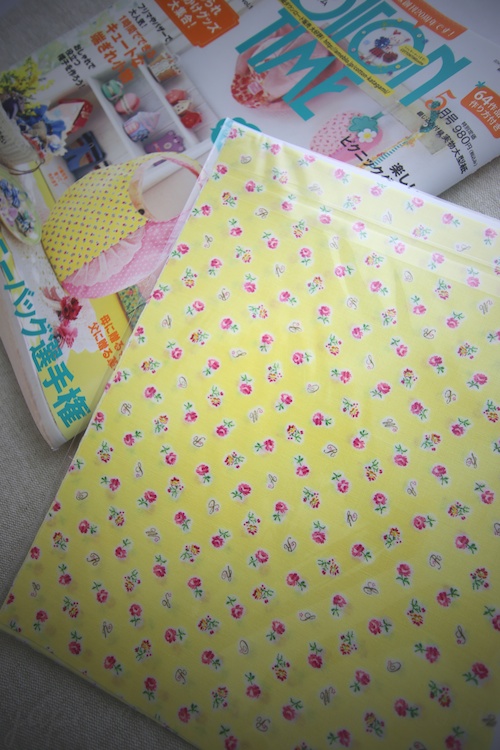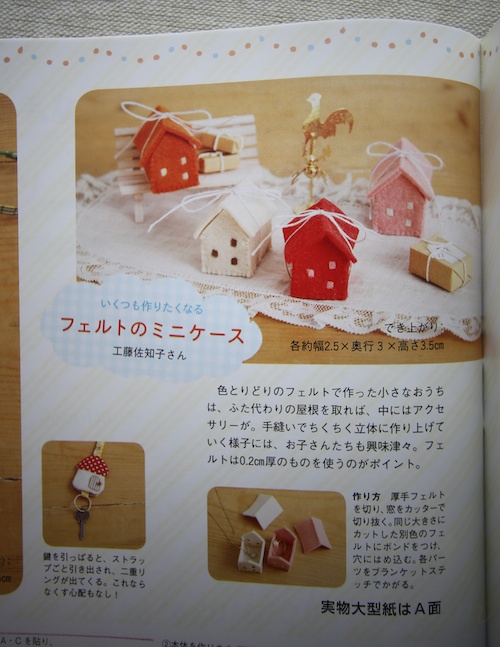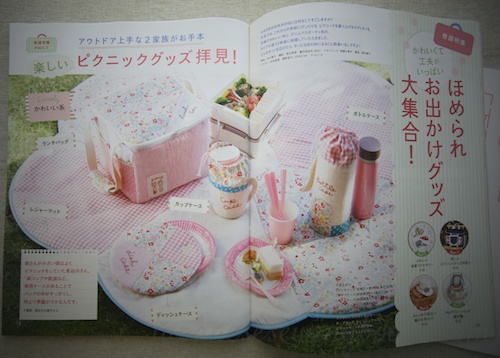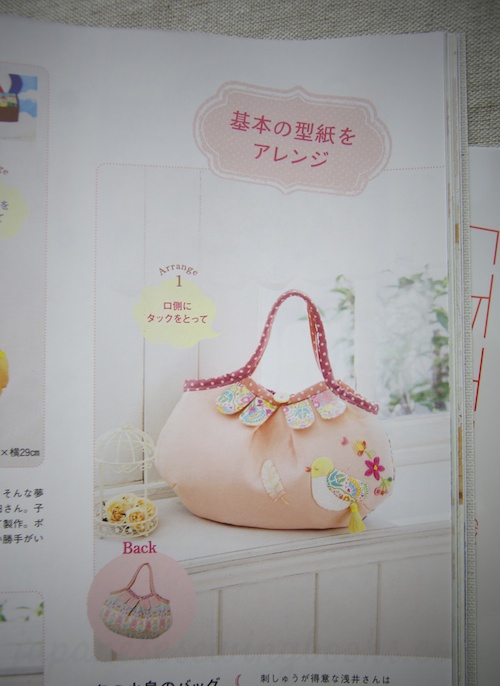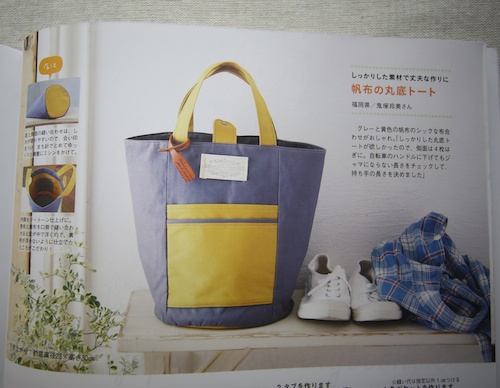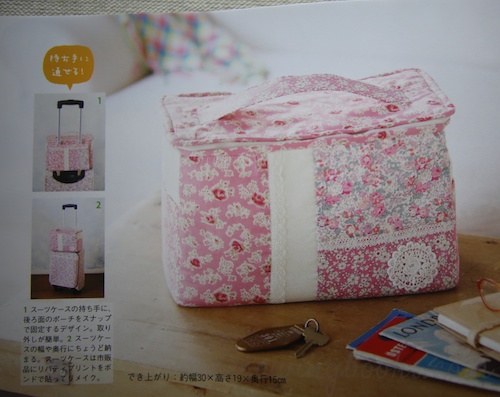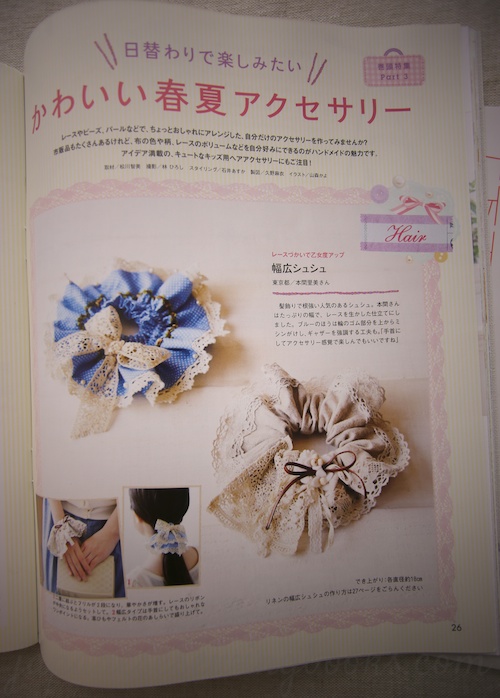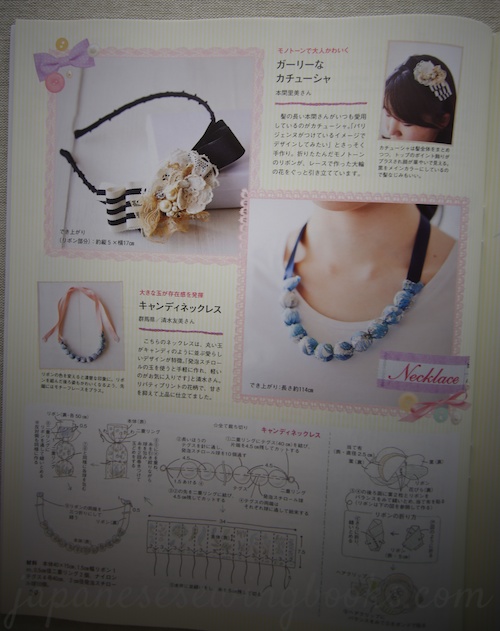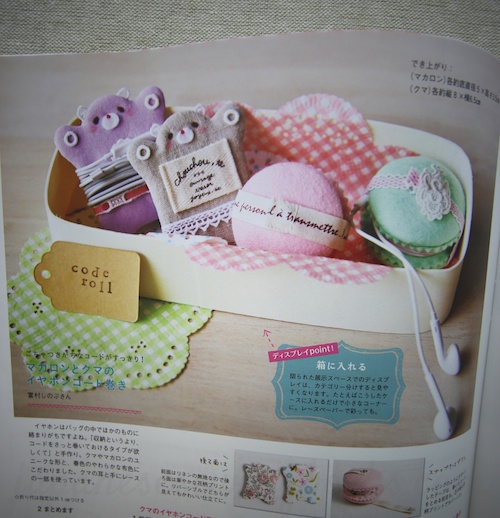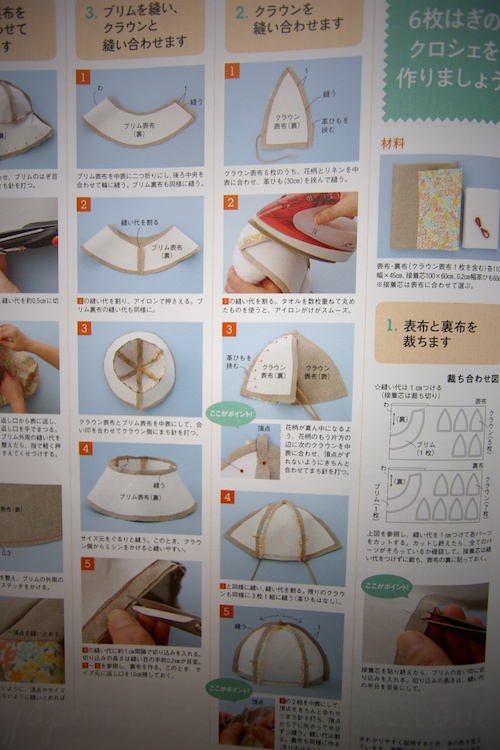All book or magazine reviews
Book Review – The Best Dresses
July 18, 2014I’m sorry for posting later and later into the week. I have been bogged down by work earlier this week and hopefully next week will be back to normal. My list of translation requests is growing too (sorry to keep you waiting!) and I’ve been wanting to do up some sewing videos too, but just haven’t had the time or space to do it. I hope my current work project ends soon so that I can get some of my own time to do my own stuff! Anyway, here is this week’s book review.
This week’s book review is kind of an impulse buy. I was basically sold by two dresses. The one on the front cover…
and the other on the back cover.
The title of the book is ワンピースがいちばん which means the Number One/Best (because ichiban literally means “Number 1/The First” but can also mean “The Best”) Dresses. I prefer to call it The Best Dresses.
There are 19 patterns in all, for sizes 9,11 and 13. The author of the book is 茅木 真知子 (Kayaki Machiko), who also wrote Simple Chic, Skirt ala carte, and many more. If you have come across or own any of her books, you should know that her style is very simple but with chic (oops did I just borrow that from the title of her book?). I also like her choice of fabrics and colors, which makes me feel that I have to make them in the same fabric or else it wouldn’t work out as well. The link to the website where you can buy the fabrics is included in the book credits – www.pindot.net . Unfortunately it’s in Japanese and only ships domestic so I guess we can only browse.
Now let’s see what dresses you can make with this book!
Sleeveless dress in soft linen
Kimono style dress
Easy wearing dress with half sleeves.
Dress with gathered neckline and sleeves.
Low waist dress
Coat dress with lace embellishments
Floral print smock
Navy blue check dress
I learn something new everyday. Today I learned a little bit of French.
The Japanese title for this dress was ギンガムチェックのカシュクールドレス.
ギンガム = Gingham, チェック = Check , and ドレス = dress
But what was カシュクール (ka-shu-ku-ru?) Google translate said it mean “Cache-coeur” which is a French word, and when I looked it up it says this on Wikipedia “A Cache-cœur (French for “hide the heart”) is a top for women, composed of two finished triangular parts, each having a strap. It is closed by overlapping the two segments and tying the straps behind the back or along the side, depending on the length. The triangular shape of the sides makes the garment a type of V-neck.”Now I know. 🙂
Cotton shirt dress
Check out the collar details below!

Hemp dress with collar
A-line Wool dress
Wool gauze dress with lace
The sizes included in this book are for sizes 9,11 and 13.
On the left hand colomn, the measurements are for Bust, Waist, Hip, Back length, Sleeve length and Height.
The how-to-make section follows the usual format, with materials, cutting layout, and sewing steps. Note that for each garment there is also a small table indicating the dimensions of the completed garment.
Close up of one of the diagrams. It’s hand drawn!
Two large pattern sheets included.
Title : ワンピースがいちばん The Best Dresses
Author : 茅木 真知子 (Kayaki Machiko)
ISBN : 978-4-579-11484-9
Publisher : Bunka Publishing Bureau




